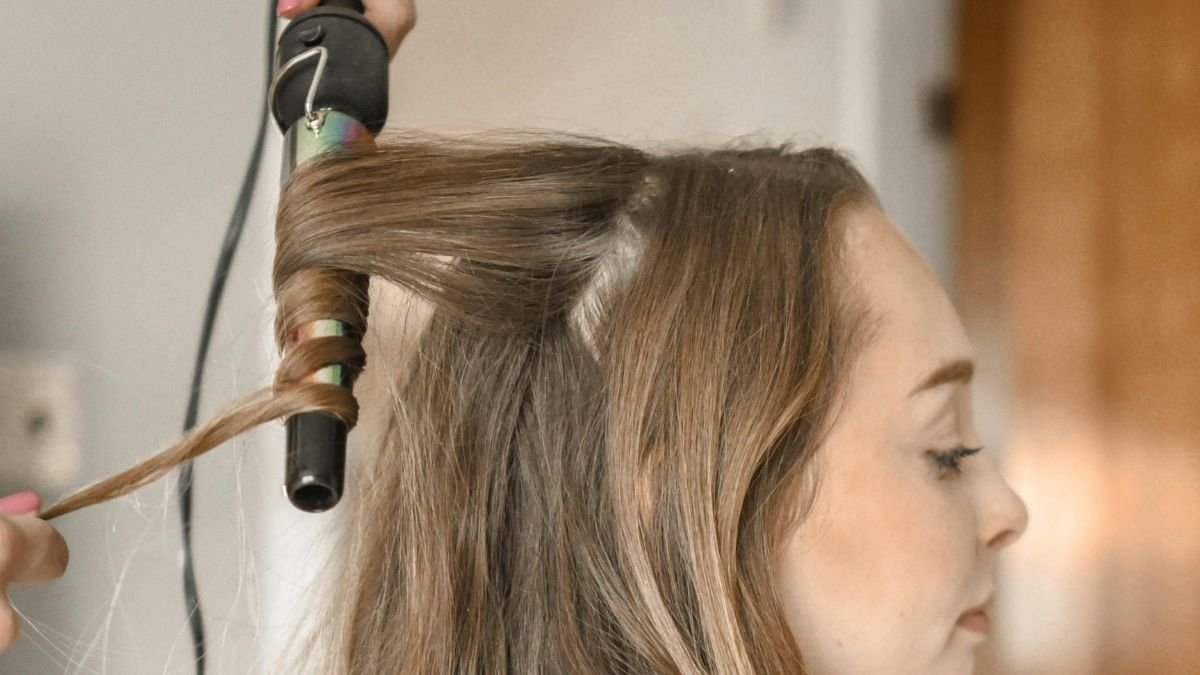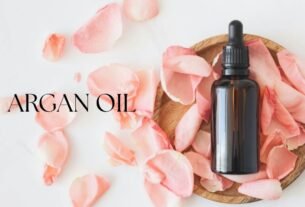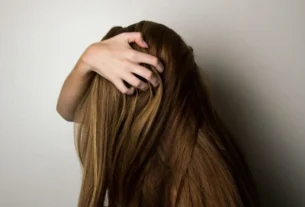In the world of hair care, few things can be as frustrating as dealing with damaged hair. Whether it’s the result of bleach gone wrong, heat styling mishaps, or simply neglecting proper hair care, your locks can suffer from a range of issues. But fear not! This article will help you navigate the stormy seas of hair damage, offering insights into causes, effective treatments, and tips to restore your hair to its former glory, as well as links to products that can assist you. So grab your favorite conditioner, and let’s dive in!
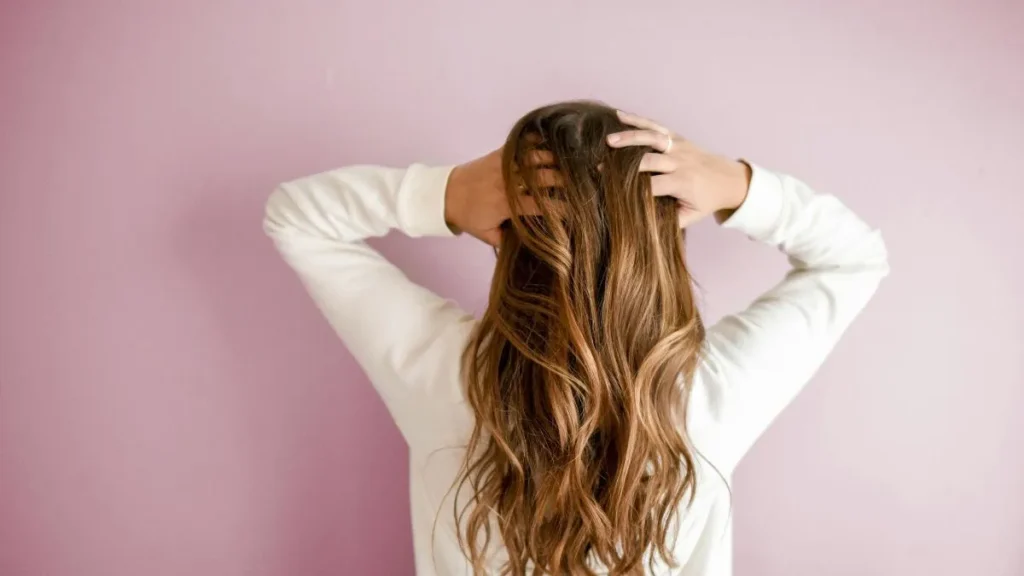
What Causes Damaged Hair and How to Identify Damage?
Hair damage is often characterized by signs like brittleness, dryness, frizz, and split ends. If your hair feels rough, looks lifeless, or breaks easily, it’s a clear indication of damage. Healthy hair should feel smooth and shiny, so if these signs are present, it’s time to address the issue.
How Does Bleach Contribute to Hair Damage?
Bleach can significantly damage hair by opening the hair cuticle and drying out the strands, making them brittle and prone to breakage. While it can give your hair a lighter, vibrant look, it also requires extra care to avoid turning your hair dry and fragile. If you’ve recently bleached your hair, dryness and frizz are common side effects. Proper care is essential to keep your hair healthy after using bleach.
What Hair Types Are Most Susceptible to Damage?
Fine, thin, and curly hair are most vulnerable to damage. Fine and thin hair easily breaks from heat and chemicals, while curly hair suffers from natural dryness. Gentle handling and protective routines are essential for these hair types to maintain health and vibrancy.
How to Fix Damaged Hair at Home?
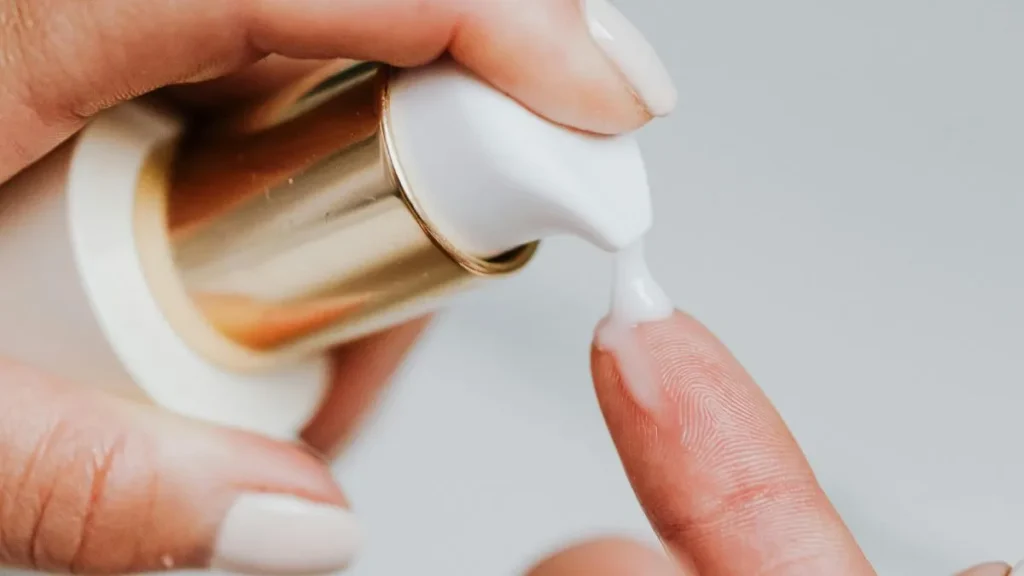
Best Treatments and Masks for Dry Hair
When it comes to repairing dry hair, the right treatment is key. Look for masks that contain hydrating ingredients like argan oil, which is known for its ability to nourish and restore moisture. A weekly deep conditioning treatment can work wonders, making your strands smooth and manageable. You can also opt for DIY masks using ingredients like avocado or coconut oil, both of which are fantastic at replenishing moisture and adding shine to your hair without causing further damage. Just apply, let it sit for a bit, and rinse thoroughly—you’ll be amazed at how quickly your hair can bounce back!
How to Incorporate Oils into Your Hair Care Routine
Hair oils like jojoba and argan hydrate, reduce frizz, and improve texture. Apply a few drops to damp ends after washing to seal moisture and protect against damage. Use sparingly to avoid greasiness.
Proper Tools and Techniques to Minimize Damage
The tools you use and the techniques you apply can make all the difference in preventing further damage. Opt for a wide-toothed comb to detangle wet hair gently, as brushing can cause friction and lead to breakage. When heat styling, always use a heat protectant spray to shield your strands from the damaging effects of styling tools. If you must blow-dry, keep the dryer at a safe distance and use a lower heat setting to minimize damage from blow dryers. Remember, the goal is to treat your hair with love, so choose tools that won’t add to your woes!
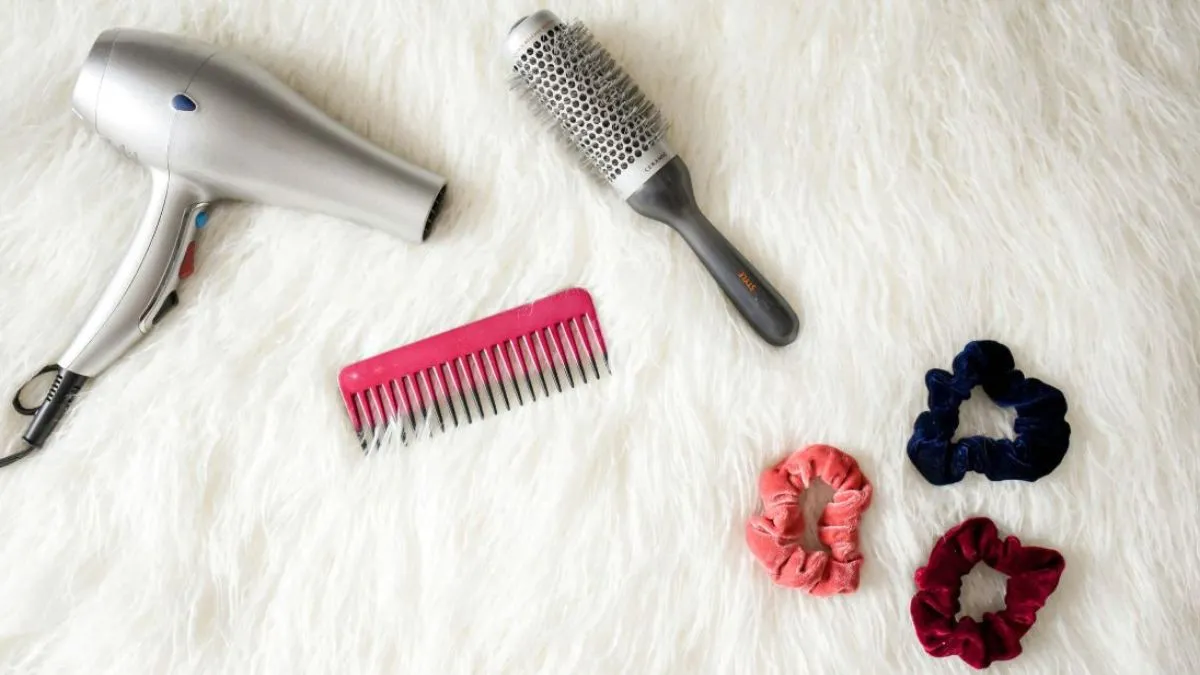
What Are the Best Products for Repairing Hair Damage?
Choosing the Right Shampoo and Conditioner
Choosing the right shampoo and conditioner is like finding the perfect partner; it can make or break your hair health, especially when considering the latest hair care technology. Look for products specifically designed for damaged hair that focus on hydration and repair. Ingredients like keratin and proteins can help to strengthen the hair shaft and reduce breakage. Also, consider sulfate-free formulas, as sulfates can strip your hair of its natural oils, leaving it dry and lifeless. Make sure to wash your hair gently, and don’t forget to rinse thoroughly to avoid product buildup!
Benefits of Deep Conditioning Treatments
Deep conditioning treatments are a game-changer for anyone struggling with dry or damaged hair. These treatments penetrate deeper into the hair cuticle, providing intense hydration and nourishment. Incorporate a deep conditioning treatment into your weekly routine, and you may find your hair transforms from lifeless to luxurious. Look for masks that contain ingredients like shea butter or honey, known for their moisture-retaining properties. Remember, consistency is key—your hair will thank you for the extra attention!
Leave-In Treatments for Hydration and Repair
If you’re looking to maintain hydration throughout the day, leave-in treatments are your go-to solution. These products linger in your hair, providing ongoing moisture and protection against environmental stressors. Applying a leave-in conditioner or serum can also help to smooth the cuticle, reducing frizz and enhancing shine. Choose a product that suits your specific hair type, and don’t be afraid to experiment with technology until you find what works best for you. Your hair deserves the best technology, after all!
How to Care for Hair After Bleaching?
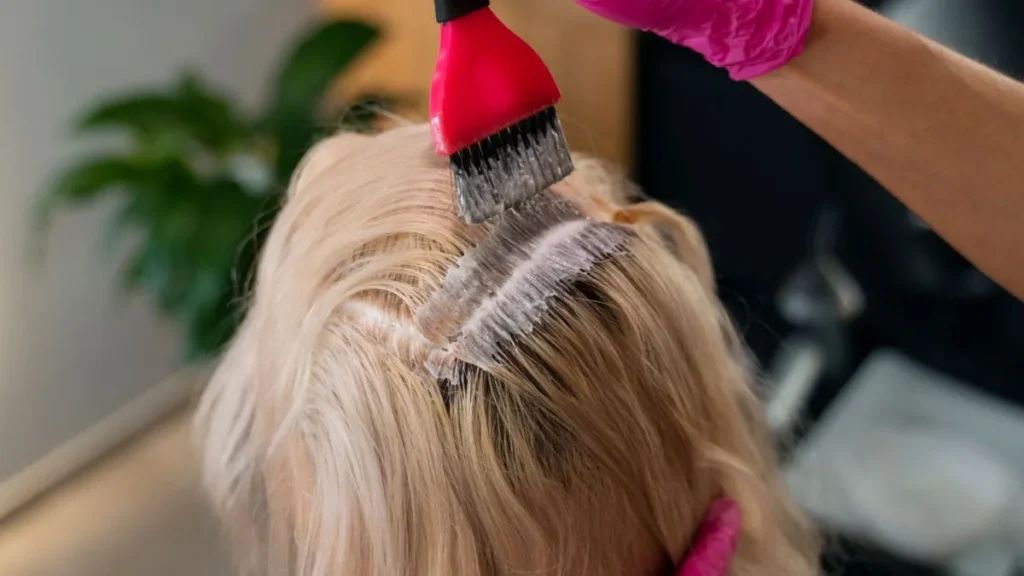
Essential Steps to Take After Dyeing Your Hair
After you’ve taken the plunge into the world of bleach, it’s crucial to implement a post-dye care routine to protect your scalp and rejuvenate your hair. Begin by washing your hair with a gentle, sulfate-free shampoo designed for color-treated hair. This will help preserve your new hue while also protecting against further damage. Follow up with a rich conditioner to restore moisture to the outside layer of your hair. For best results, let the conditioner sit for a few minutes before rinsing to allow it to penetrate the hair shaft effectively.
Hydration and Moisture: The Key to Healthy Hair
Hydration is the holy grail of healthy hair, especially after bleaching. Your hair has been stripped of its natural moisture, so it’s essential to replenish it and ensure your scalp remains healthy. Incorporating hydrating masks and leave-in treatments into your routine will help restore balance and keep your hair looking vibrant. Don’t forget to drink plenty of water as well; a well-hydrated body supports healthy hair growth and texture, promoting a healthier scalp. A good diet rich in vitamins and minerals can also help your hair bounce back!
How to Prevent Breakage Post-Bleach?
After bleaching, prevent breakage by minimizing heat styling and always using heat protectant. Regular trims prevent split ends. Use a wide-toothed comb for gentle detangling, and avoid tight hairstyles. Air drying is ideal. Treat hair gently to maintain post-bleach health.
What Are Professional Treatments for Severe Hair Damage?
When to Schedule an Appointment with a Hair Professional
If your hair is beyond the point of no return and showing severe damage, it may be time to schedule an appointment with a hair professional. Signs that you need professional help include excessive breakage, an inability to detangle your hair, and a texture that feels straw-like no matter what treatments you try. A skilled stylist can assess your hair’s condition and recommend personalized solutions to help repair the damage.
Overview of Salon Treatments for Hair Repair
There are a variety of salon treatments available that can help restore your hair’s health. Keratin treatments, for instance, work by smoothing the cuticle and reducing frizz, making your hair more manageable. Olaplex treatments can also help rebuild broken bonds in your hair, restoring strength and shine to the outside layer. Your stylist will guide you through the options and help you choose the best treatment based on your hair type and damage level.
Understanding the Role of Hair Growth Treatments
If you’re struggling with hair loss or thinning as a result of damage, hair growth treatments might be the answer to help your hair without compromising its health. These can range from topical solutions to laser therapies designed to stimulate hair follicles and encourage new growth. Be sure to discuss your options with a professional who can suggest effective treatments tailored to your specific needs. Remember, hair growth takes time, so patience is key!
Conclusion
Repairing damaged hair requires consistent care, not an overnight fix. Identify damage causes (bleach, heat, hair type) to address them effectively. Use nourishing treatments, proper tools, and repair-focused products to restore moisture and strength. Hydration, internal and external, is crucial. For severe damage, seek professional help. With dedication and the right products, hair can regain shine, bounce, and health.
Frequently Asked Questions about Damaged Hair
What causes hair to become brittle and damaged?
Hair can become brittle and damaged due to a variety of reasons, including excessive heat styling, chemical treatments, environmental factors, and lack of proper nutrition. If your hair is feeling like straw, it may be time for some TLC!
How can I determine if my hair is truly damaged or just a little rough around the edges?
If your hair is brittle, lacks shine, and is prone to breakage, it’s likely damaged. A simple elasticity test can help—take a strand of hair, stretch it gently. If it snaps like a twig, it’s time to treat it right!
What are some effective treatments for repairing brittle hair?
To properly repair brittle hair, consider deep conditioning treatments, protein masks, and regular trims to eliminate split ends. Oils like argan or coconut can also work wonders. Think of them as a spa day for your hair!
Should I avoid heat styling if my hair is damaged?
Absolutely! Heat styling can worsen brittle hair. If you can’t live without your straightener or curling iron, make sure to use a heat protectant spray—it’s like sunscreen for your locks!
How often should I wash my hair if it’s brittle?
If your hair is brittle, try to wash it less frequently to preserve its natural oils. Aim for every 2-3 days, and on off days, consider dry shampoo to keep things fresh without the wash.
Can diet really affect the health of my hair?
You bet! A diet lacking in essential vitamins and minerals can lead to brittle hair. Incorporate foods rich in omega-3 fatty acids, protein, and vitamins A and E. Your hair will thank you for the delicious nutrients!
Is it true that certain hairstyles can cause damage to hair?
Yes! Tightly pulled hairstyles can lead to brittleness and breakage. Opt for looser styles, and give your hair a break from ponytails and braids now and then. Let those tresses breathe!
How can I prevent my hair from becoming brittle in the first place?
Prevention is key! Use a mild shampoo, avoid over-washing, and always use conditioner. Also, protect your hair from sun damage and harsh weather—think of it as a fashionable umbrella for your mane!

